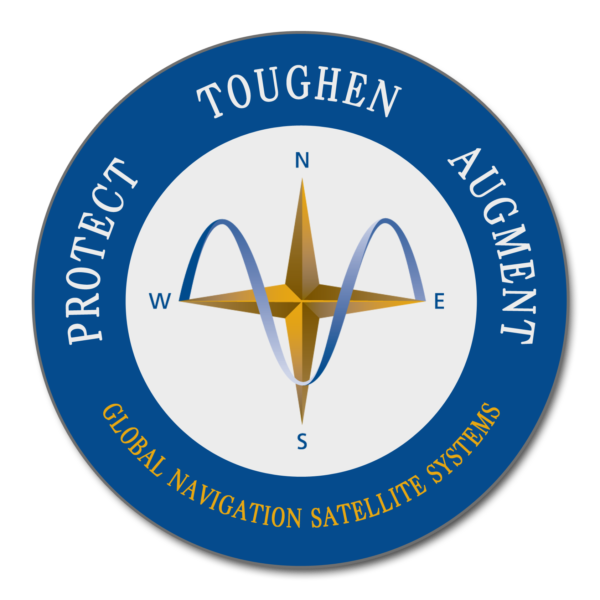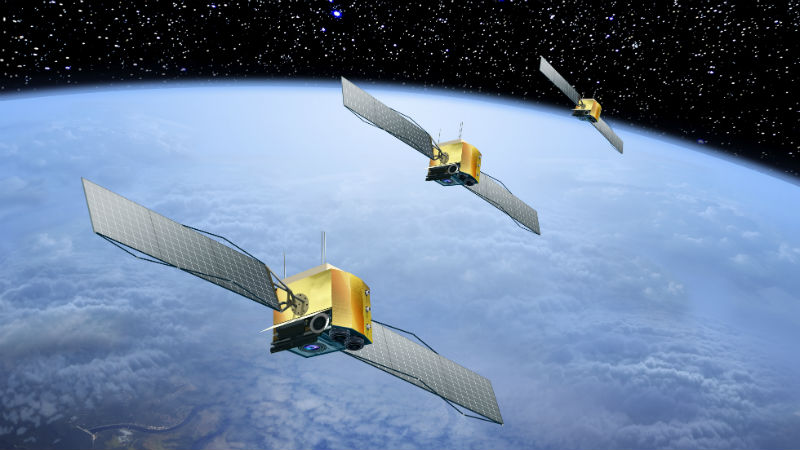Blog Editor’s Note: There seems to be a lot of talk these days about systems to complement and backup GNSS. We think that establishing a good set of criteria that focus on protecting a nation and its citizens by helping establish a rock-solid PNT architecture is a good way to start. Here are some of our ideas about how to do that.
Protecting GNSS and Users – The Ideal APNT
By Inside GNSS

According to the European Commission “…GNSS cannot be the sole means of PNT information … for critical applications requiring continuous availability and fail-safe operations.”
Similar realizations in the United States, United, Kingdom, South Korea and elsewhere have led to a revitalization of efforts to examine Alternative Positioning, Navigation and Timing (APNT) systems that could complement and reinforce our exceptionally valuable, yet vulnerable, GNSS signals.
To best protect their citizens, economies and national security, policy makers should look for several specific characteristics in APNT systems and how they should be deployed. The ideal system should:
- Have physical properties different from those of GNSS to the greatest extent possible. This lowers the probability that an adverse event that could impact one will also impact the other. Users who employ both will be very likely to be alerted to the disruption and be able to continue using the unimpacted system.
- Have physical properties different from clocks, inertial systems, and other sources of PNT now used in their countries. APNT efforts should focus on protecting users and applications. This mean creating an overall PNT architecture for users that is resilient, with many choices, and that can be easily accessed.
- Be easy to access anywhere in the service area (i.e. wireless) and at no cost.For the APNT system to protect citizens, economies and nations, it must be broadly adopted and used. Wireless, easy, no cost access has created our critical dependency on GNSS signals. To be effective and adopted, an APNT system must have the same characteristics. Note that, while access to the basic APNT service should be without charge to encourage adoption, this does not mean that augmentation and premium services (ala GNSS augmentation) could not be provided for a fee.
- Be a mature technology that can be implemented without delay.Over the last few years we have seen an increase in the availability and use of jamming and spoofing devices, along with these devices becoming more sophisticated and easier to use. Protecting citizens requires a system that is proven and can be implemented quickly, without the uncertainty of potential development difficulties.
- Be interoperable with existing and future APNT systems elsewhere around the globe. Sovereign APNT systems that all worked together would facilitate trade, commerce and further technology development in an increasingly interconnected world. Approximately 1.4 billon people in five nations are already served by some version of the Loran APNT system. Should it have “head of the line privileges” in the considerations of other nations?
- Have government support, but be implemented and operated by a non-government entity.Most agree that time and navigation signals are a sovereign responsibility. This does not mean that the facilities providing time and navigation signals must be developed and deployed by government agencies. Governments should subscribe to time and navigation signals from a commercial entity and let that entity do most of the work.
This will mean that: - The process is simpler and quicker for the government – It is much easier and quicker to get a service contract compared to developing and funding a major technology and construction project.
- More rapid implementation of service. Quicker government processes mean getting the system sooner. Also, the commercial entity would be incentivized to proceed apace as it would not collect subscription fees until the service was on-air and useable.
- The government could actually make a little money. A government’s subscription payments should ensure a basic signal is provided for public use without user fees. If the government allows the commercial entity to sell value added services, and use the frequency and facilities to generate other revenue, the government could share in that revenue. This share could well exceed the amount of the subscription it pays to underwrite the basic service.
Doing the similar things, whether it is technological systems or government policy, will likely result in similar problems. While no technology or policy is without its drawbacks, new approaches are more likely to be of the greatest benefit to all.
Dana A. Goward is the President of the Resilient Navigation and Timing Foundation.



